What Is a Five Alarm Fire? Levels, Prevention, & FAQ
-

- Last updated:
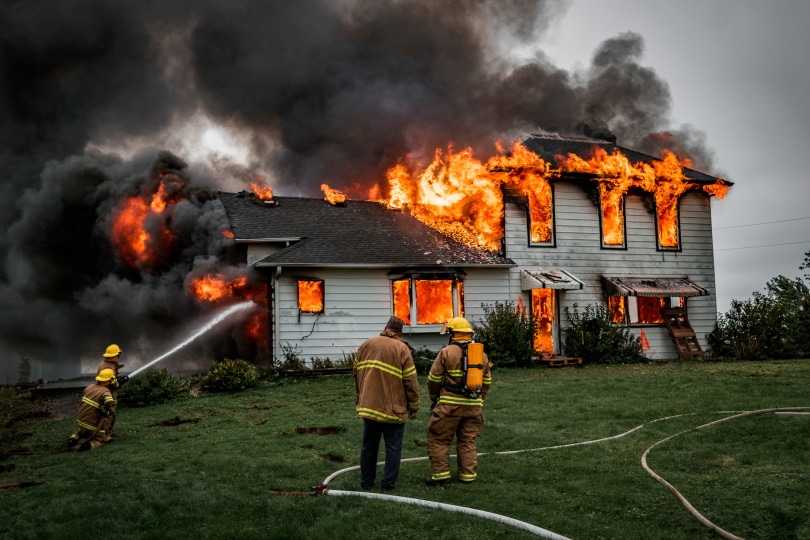
If you’ve ever watched a show centered around emergency services such as firefighters or EMTs you may have heard dispatch refer to fire alarms as “1-Alarm”, “2-Alarm”, or even “5-Alarm”. And to the average Joe, these terms really don’t mean anything.
However, to dispatchers, firefighters, police officers, and EMTs they mean a great deal. A 5-alarm fire is the most serious and most dangerous type of fire. So, in this post, we’re going to discuss the different levels of alarm fires and briefly break down what they mean.
What Are the Different Levels of Fire?
Fires, whether they’re in a home, a business building, or in the forest are all categorized according to their severity. So, for example, a 1-Alarm fire would indicate that the fire is smaller and generally less severe than a 5-Alarm fire. This system allows firefighters to know exactly what type of fire they’re responding to and what type of equipment they’ll need.
It also lets them know approximately how much manpower they will need to extinguish the fire. Fire alarms and their details will vary a bit from state to state and within each different fire department. But overall, you’ll find that these levels are typically the same, at least for the most part, all across the board.
A 5-alarm fire is the most serious and most dangerous type of fire. These fires are the largest, and may require multiple fire departments and even 100 firefighters to extinguish the fire.
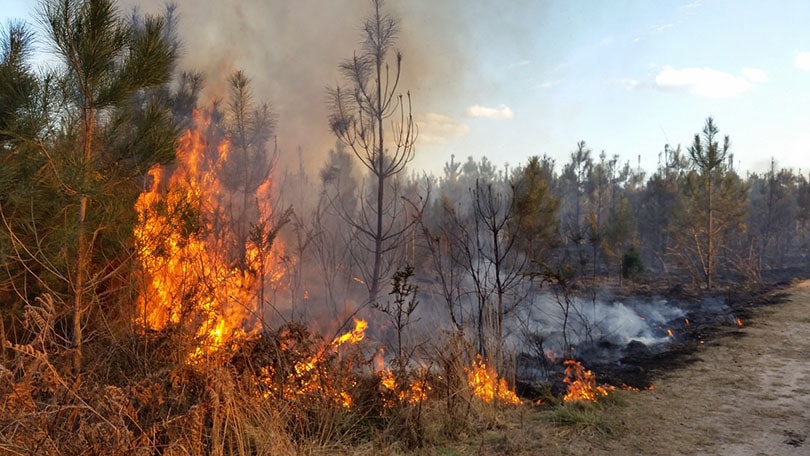
What Are the Most Common Reasons for Home or Building Fires?
Kitchen Fires
You’ll find that more fires occur in households than in industrial buildings, such as hotels, hospitals, or airports. And believe it or not close to 50% of all residential fires are caused by kitchen fires.
These small fires are often caused by oil and grease that is left unattended–and in many cases, they’ll grow too tall to put out if they’re not extinguished immediately. Once cooking grease reaches 600 degrees Fahrenheit, it can spontaneously ignite without the need to be in direct contact with a flame source.
Candles
Though many people love a good candle to help bring pleasant aromas to a room or add a touch of decor, they can be very dangerous fire hazards.
Unattended candles can cause a surprising number of house fires. Candles should always be kept at least 12-15 inches away from any combustible surfaces or materials, such as tablecloths, drapery, and wall hangings. It’s also important to keep candles and matches away from areas where small children can reach them.
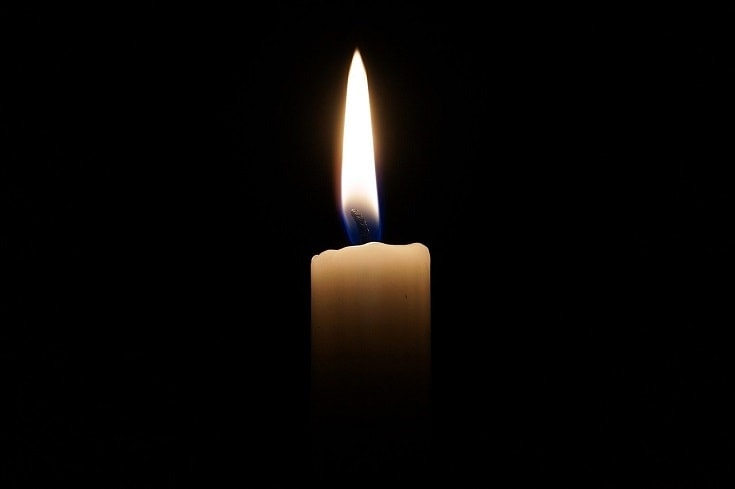
Heating Appliances
You’ll also need to watch out for those heating appliances. The Consumer Products Safety Commission reports that heating appliances are the most common cause of house fires and account for over 13% of all home fires.
This list includes portable hair dryers, heated clothes dryers, and portable electric heaters. The list also covers faulty or damaged electrical wiring. Over 50,000 home fires are caused by electrical wiring each year and electrical failures and malfunctions are actually responsible for the greatest percentage of civilian deaths and property damage. Old or damaged building wiring can lead to sparking and circuits becoming overloaded from little use.
Christmas Trees
Oh, how we all love a nice tall Christmas tree in December. But you may be surprised to find that these trees, whether they are real or artificial, can very easily catch fire and are responsible for a great number of fires each year. When natural pine trees are dry, hot lights or sparks can lighten the tree and cause it to burst into flames.
However, artificial pine trees are safer than real trees, but a fire could still occur due to overheated lighting or poor wiring. If possible, buy fire-resistant trees and use LED lighting (in many cases, the lights are the source of the fire).
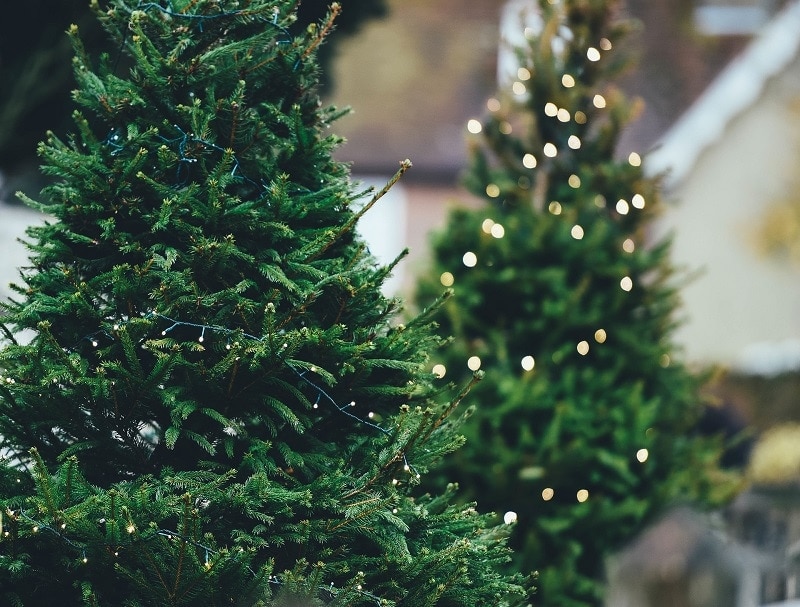
Smoking
The percentage of people smoking in the US has steadily decreased within the past 20-30 years. This is likely due to the multiple non-smoking campaigns illustrating the dangers of smoking (state laws that have banned smoking in public places). However, smoking remains one of the most common causes of home fires. Cigarettes and other smoking substances are estimated to cause thousands of deaths and injuries each year.
In many cases, it begins when someone leaves a cigarette unattended or drops it on a surface that is easily ignited. In many cases, non-working or no smoke alarms also helped contribute to the quick spreading of the fire.
Outdoor Gas Grills
The gas grill is also another dangerous cooking device that can be especially hazardous if it’s not used properly. Before using the grill, first, do a double check to ensure that there are no food drippings or dead insects blocking the fuses, lines, or ignitors.
Also, make sure the hoses are free from cracks, sharp bends, or holes. Be sure to keep the grill away from hot surfaces that could ignite grease. Grills that aren’t properly placed or left unattended can cause fires and rapid spread.

Chemical Fires
Chemical fires are more common in commercial buildings than they are in homes, but they still happen and homes all over the world. These dangerous fires typically start when gasoline vapors and other petroleum products reach a flash point temperature or come into contact with an open flame source. One common reason is improper gasoline storage.
For example, if you’re storing gasoline for a home project or landscaping job, be sure to store it in approved containers. Also, I only feel the container to about 90 to 95%. This will allow the vapors of gasoline to expand and not cause damage to the container. Keep containers at least 50 feet from any potential ignition sources, such as furnaces or water heaters.

What Are the Best Ways to Prevent Fires?
The best way to prevent home fires is to leave nothing to chance. This means ensuring that your home is safeguarded in the event of a fire and that you are using precautions when operating certain devices in or around your home. Let’s take a closer look at the best ways to prevent home fires.
Test Your Smoke Alarm Monthly
Installing, checking, and testing smoke alarms is one of the most effective and efficient ways to prevent house fires. Safety and fire experts recommend that you test your smoke alarm at least once per month, change the batteries twice annually, and replace the alarm every ten years.
This will ensure that your alarm is always working and that it can function properly at the slightest hint of smoke or carbon monoxide in your home. Yes, it’s no fun at testing a smoke alarm, as the piercing sound can be a bit alarming–no pun intended. But it’s definitely worth all the effort if it helps to keep you and your family safe.

Inspect All Home Heating Equipment
Experts also recommend getting a regular tune-up and inspection of all heating equipment in your home. This includes your washing machine, dryer, furnace, and water heater.
Doing so will not only prolong the life of your equipment but also prevent fires from happening due to faulty parts, wiring, or other issues that you may be unaware of–not to mention that these devices can leak carbon monoxide as well.
Use Portable Heaters Safely
It’s always important to use caution when operating portable heaters. Many new portable heaters come with timers where you can set it to operate for a given amount of time and it will automatically shut off after that time period is over.
This will prevent you from falling asleep with the heater on or having it run while it’s unattended. You also want to note the warranty of the heater and check the cords every few months just to make sure then none of them are frayed or damaged in any way. If they are, it’s best to replace the heater with a new one.
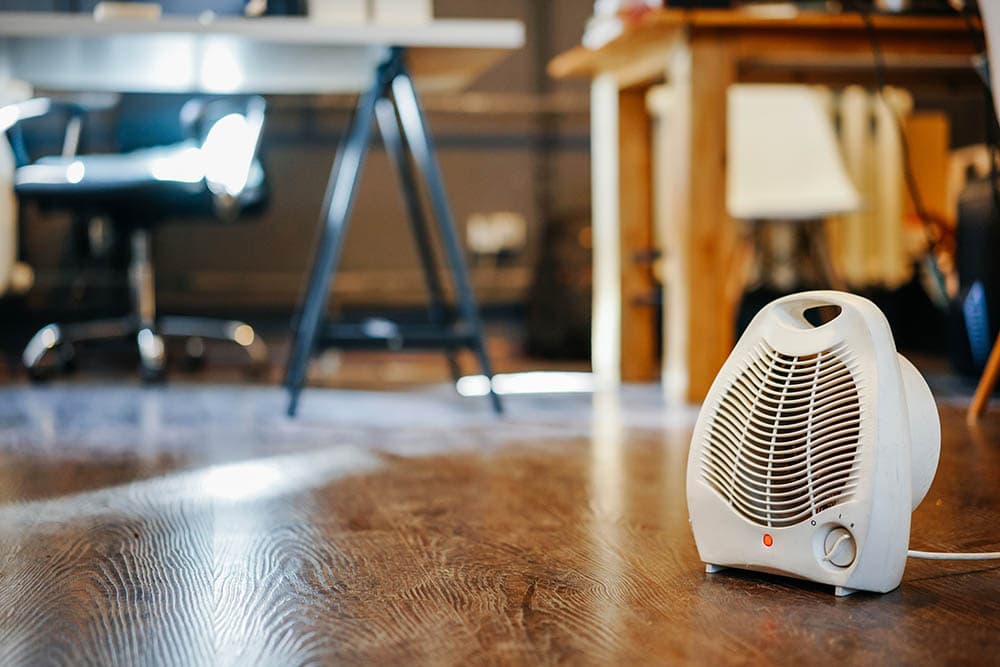
Keep Fire Extinguishers in Main Rooms
Also, it’s important to make sure that you have working fire extinguishers in your home. And the larger your home, the more extinguishers you’ll need. Unfortunately, too many homes lack working fire extinguishers, a fact that contributes to the number of home fires each year. Fire extinguishers can be your best defense from small, contained fires that just started to burn. You should always have a fire extinguisher and your kitchen, basement, and attic.
These are the areas that have the most devices that may be prone to fires. It also helps to have a fire extinguisher in the main hallway or Corridor of your house in the event that there is a fire and the bedrooms, bathrooms, or common areas.

Wrapping Things Up
Firefighters use alarm codes to identify the size and severity of fires. The larger or more severe the fire, the higher the alarm number. This “fire level” system allows firefighters to ascertain how much equipment and how much manpower they will need to help effectively extinguish a fire before it is put out. Usually, the higher the level of the fire, either the more manpower or the more equipment that it will require to be extinguished.
See also:
Featured Image Credit: Sean Thomforde, Shutterstock
Contents
